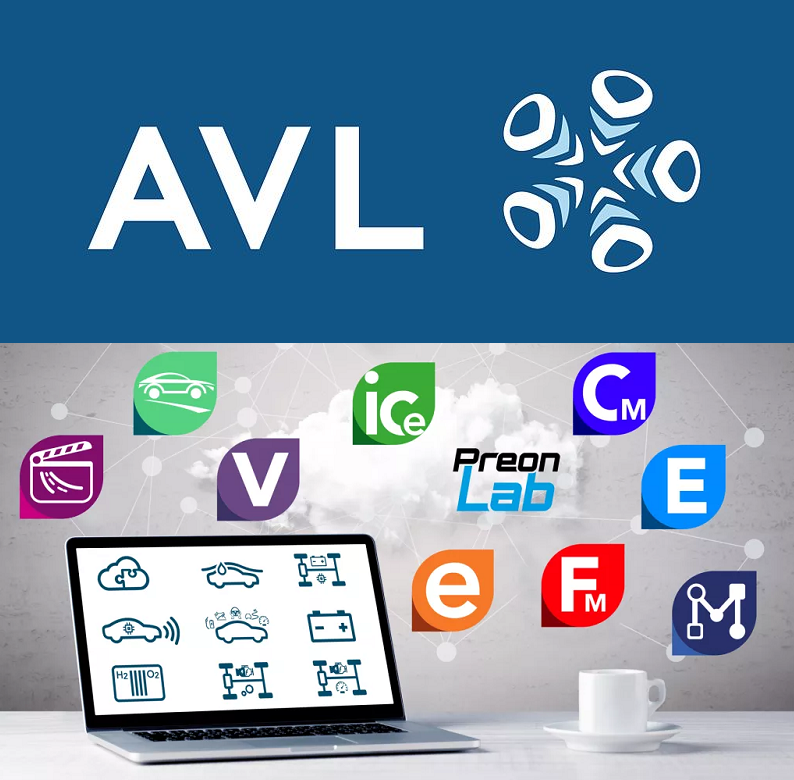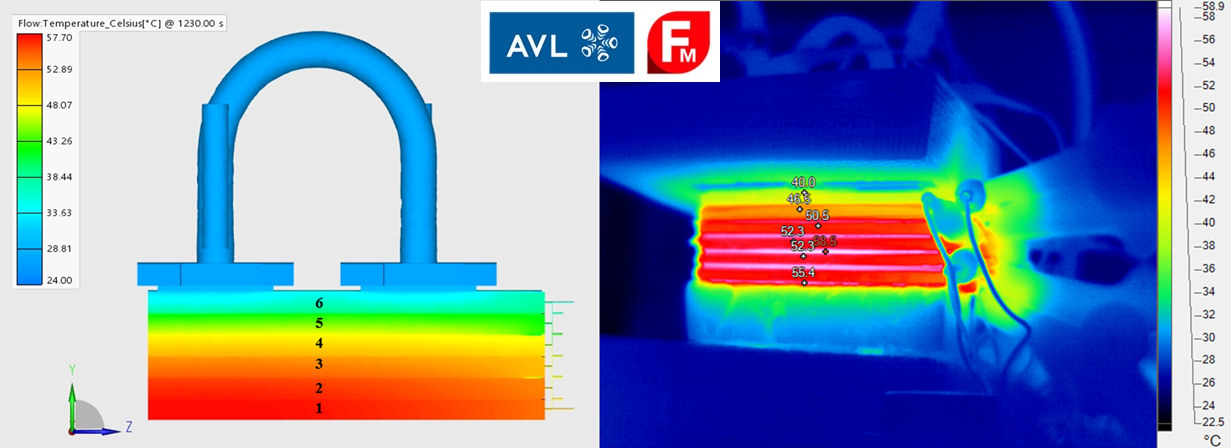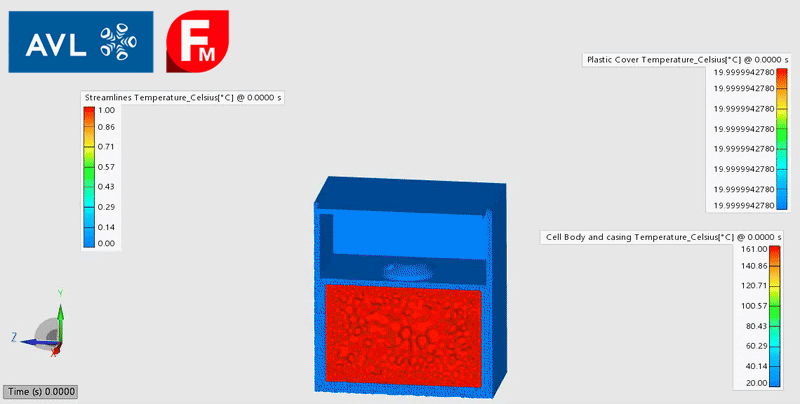Two years with AVL simulation software: Practical tools for battery and vehicle research at STUBA
by bertas

Our institute has now been using simulation software from AVL List GmbH for two years, within the AVL University Partnership Program. Through this collaboration, we have access to several tools very well suited for automotive system modeling — including AVL CRUISE™ M, AVL FIRE™ M, and AVL VSM™.
These tools have become a useful part of our research and education activities, especially in the field of battery systems and vehicle dynamics. We continue to explore their capabilities and integrate them into more projects every semester.
Master thesis and paper: Thermal modeling of battery modules
A key activity last year involved a master thesis using AVL FIRE™ M to simulate both a single lithium-polymer pouch cell and a 6-cell module with copper cooling blocks. The focus was on thermal behavior, anisotropic properties of pouch cells, and inter-cell heat transfer.
Simulations were validated against data from a physical cooling setup with different flow rates and temperatures. Despite the complexity, the software proved manageable for a student with limited CFD experience. The results were sufficiently accurate and encouraging for the future work.
The student became deeply involved in the topic and has since started a PhD to continue in this area, with further work planned to use AVL software.
The work was also later published in an IEEE conference paper:
Milan Plzák et al. — Multiphysics Model of a Battery Module, IEEE, 2025.
DOI: 10.1109/KI64036.2025.10916425

Ongoing use in Horizon Europe project FreeTwinEV

AVL software is also used in our Horizon Europe project FreeTwinEV, now in its 12th month. The aim of the project is to develop digital twins of EV battery systems to support virtual testing, condition monitoring, and better lifetime predictions.
We are currently working on several simulation activities within the project:
- • CFD simulations of cooling plates for a cylindrical battery module, including performance comparisons with other simulation software.
- • Reduction of high-fidelity 3D thermal models to simplified 1D system-level representations in CRUISE™ M. This work is part of a bachelor thesis expected to be completed during the summer of 2025.
- • Thermal runaway simulations for battery cells, with initial models built around simplified one-cell modules.
- • Development of a high-detail single-cell model, currently based on experimental data gathering through CT scanning, material composition analysis, calorimetry, and physical disassembly.
These activities are focused on achieving scalable simulation models that can run in near real-time and support further development of battery digital twins.

VSM in student theses: Regenerative braking and traction control
AVL VSM™ is actively used in student theses on vehicle dynamics, providing a platform to test and evaluate control strategies through simulation.
Two current bachelor theses are based on this tool:
- • "Control of Vehicle Dynamics during Regenerative Braking" : Developing a PID-based control algorithm to maintain vehicle stability during braking.
- • "Design of Electric Vehicle Traction Control" : Exploring torque control strategies to prevent wheel slip under acceleration using MATLAB and VSM.
AVL VSM™ offers a practical and flexible simulation environment, accessible for students while supporting realistic vehicle behavior modeling.
Summary and outlook
Our battery group continues to use CRUISE™ M and FIRE™ M as core tools for electro-thermal simulations of battery systems, combining detailed thermal models with temperature-dependent electrical behavior. The emphasis remains on model scalability — from cell level to full powertrain simulation.
New perspective projects, including ones in the field of space engineering, may expand this scope further. VSM remains a valuable tool for student work in vehicle dynamics, with potential for further use in upcoming projects as well.
Overall, we find AVL software practical, well aligned with our automotive and battery research focus, and accessible for both students and researchers.
Visit the AVL website and find about all their solutions spanning beyond simulation – engineering, development, testing and much more:
- Prihlásiť sa pre odoslanie komentárov
